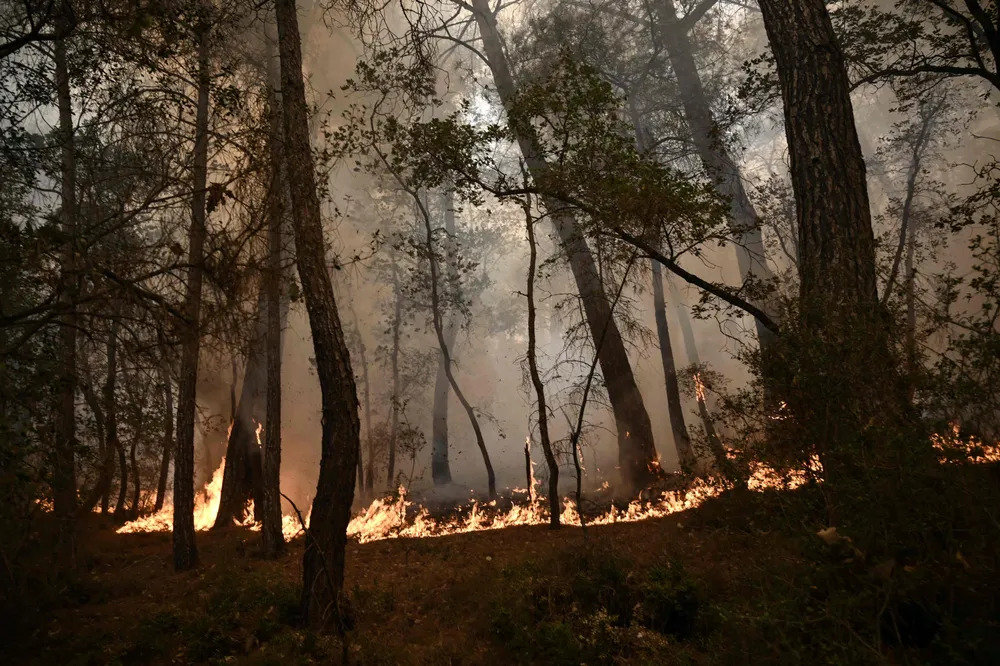$2.7 trillion problem: Huge investment needed to stop 2.5C global warming by 2050, warns Wood Mackenzie
Consultancy says decisive action needed ‘this decade’ to steer world onto net zero pathway

Consultancy says decisive action needed ‘this decade’ to steer world onto net zero pathway
